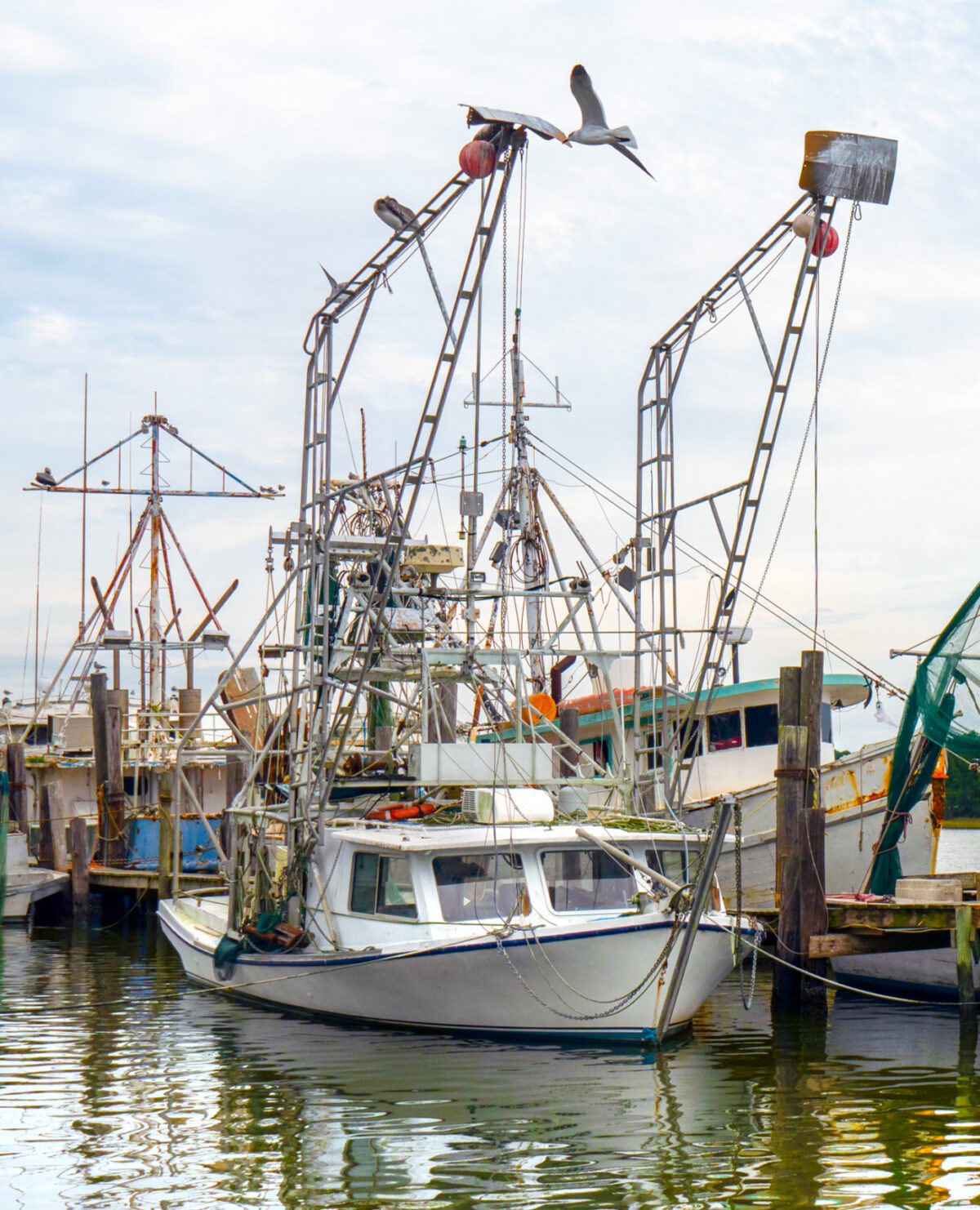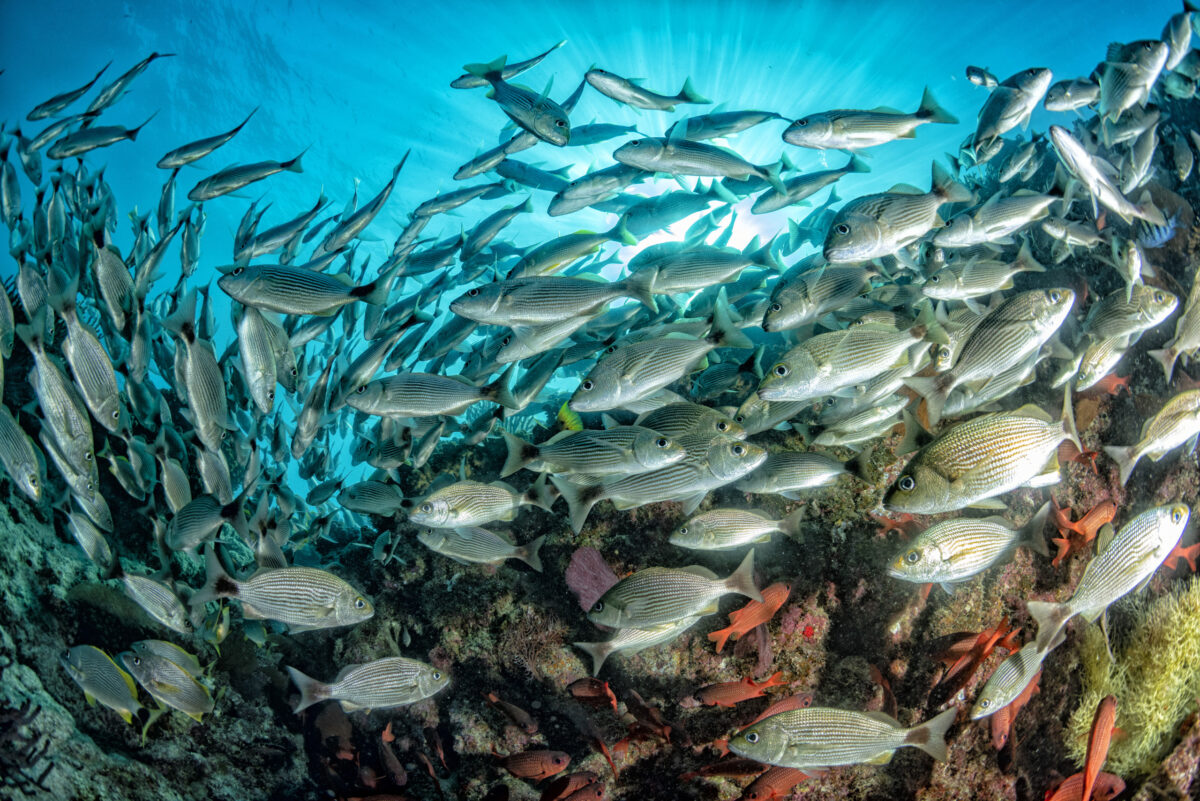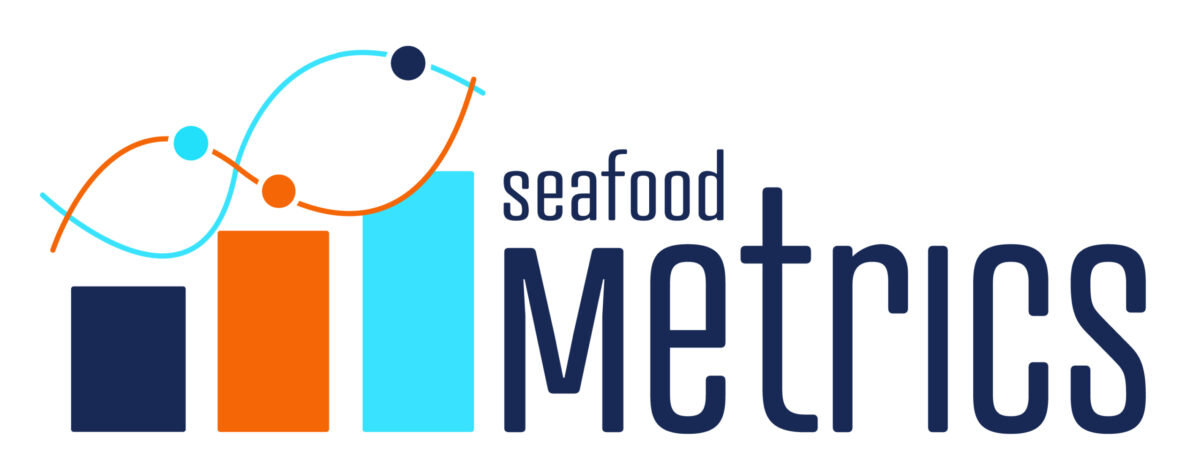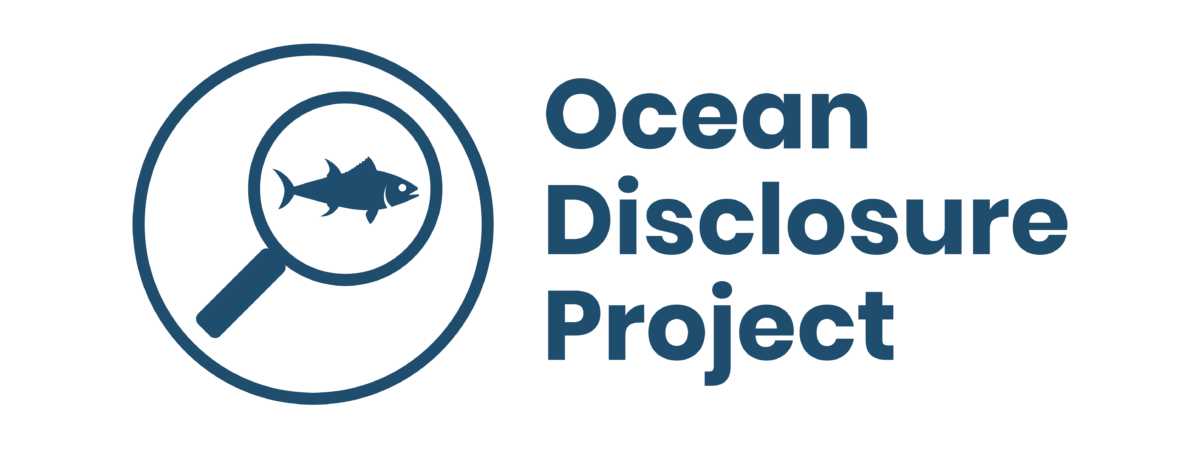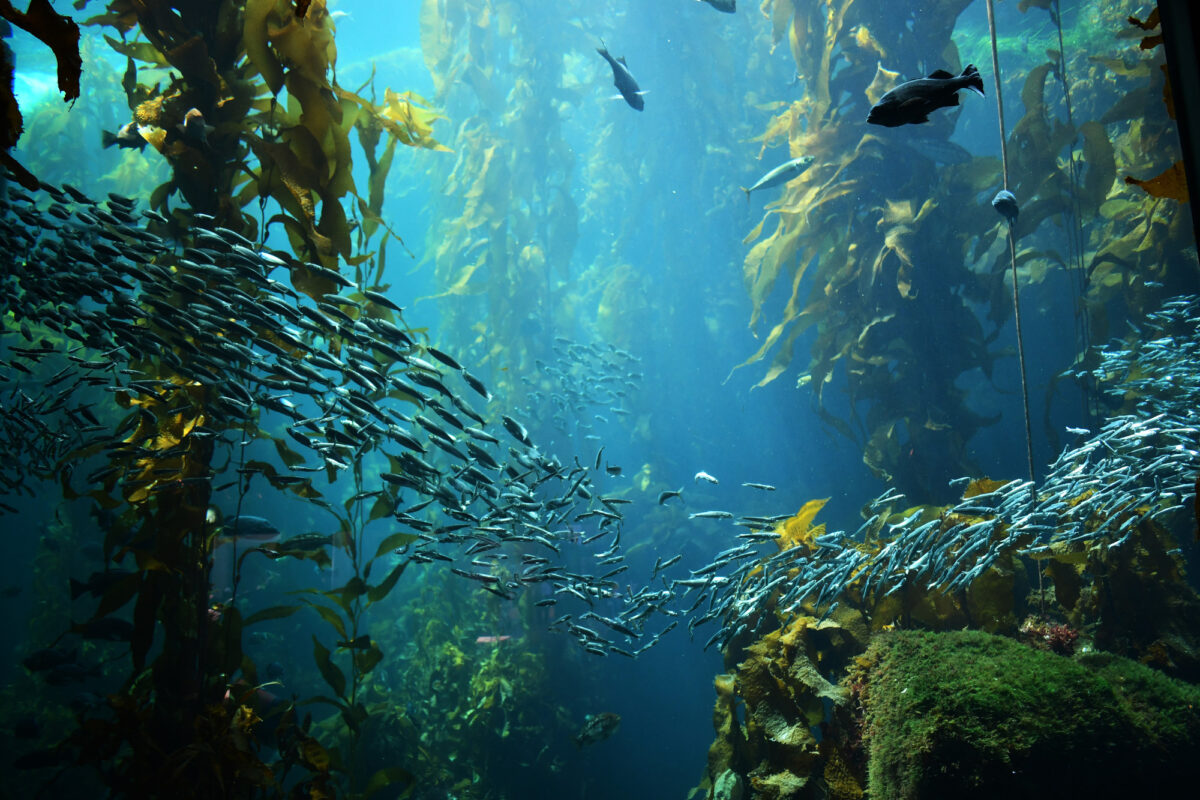Impact Stories
Driven by Data: FishSource powers sustainable seafood around the world
FishSource offers impartial, actionable information on fisheries and aquaculture regions, translating science into easily interpretable scores to evaluate seafood sustainability.
SFP has always been a data-driven organization. Our work is underpinned by multiple tools and resources that help us, the seafood sector, and other stakeholders understand the state of global fisheries and where improvements are needed. And powering it all is FishSource, our unique online public resource with profiles of thousands of fisheries and dozens of aquaculture regions. Using publicly available data, the FishSource team evaluates fisheries using 11 different scores, assessing management, stock status, environment and biodiversity impacts, and small-scale fisheries issues.
How do you define a fishery?
When SFP was first established in 2006, there was no single definition of a fishery used by the seafood industry and the sustainable seafood movement – it could be as broad as all longliners in a country or as narrow as 10 vessels certified by the Marine Stewardship Council. And while there is still no absolute agreement on what makes a fishery, SFP’s development and expansion of FishSource has helped guide and refine the conversation over the last 20 years.
This refinement was born out of necessity. In the very earliest days of SFP and FishSource, we were providing sustainability information to retailers, including which stocks were depleted, where countries faced IUU fishing issues, or where bycatch was endangering other species. We needed to differentiate stocks (or populations) of species, as neighboring stocks of the same species could be in very different states of health, and management needed to respond to these differences. We also wanted to recognize when countries were compliant with management measures and to be able to differentiate between the environmental impacts of different fishing gears. This led us to a definition that was cutting-edge in the NGO movement at the time, although we have been pleased to see others adopting our definition in the years since.
What makes a fishery?
FishSource includes information on both stocks and the fisheries within the stocks.
Stock profiles are structured around a biological stock of a single species, when this is known, as this is the level at which status is most reliably assessed and management is most effective.
Fishery profiles are defined narrowly as the combination of one flag country using one fishing gear and operating within a single management unit on a single stock of a single species. Multiple fishery profiles may overlap with a single stock profile.
A timeline of FishSource's impact on sustainable seafood
The birth and evolution of FishSource
2007: SFP creates FishSource to address the lack of information in the sustainable seafood movement. While conservation organizations and seafood buyers both have an interest in improving practices to ensure the health of ocean habitats and the sustainability of the seafood supply, there is little information about source fisheries or where improvements might be needed. SFP introduces its first set of seven whitefish fishery profiles – which would eventually become FishSource – at Seafood Expo Global 2007 in Brussels.
2010: SFP launches Seafood Metrics to allow companies to more fully understand the level of risk in their source fisheries. Seafood Metrics uses FishSource data to provide businesses with a customized analysis of their wild-caught and farmed seafood portfolios.
2014: SFP introduces the FishSource Rapid Assessment Program (RAP). FishSource RAP allows private, public, and nonprofit organizations to request and finance new wild fishery and aquaculture profiles that are not yet available on our site, or support the updating of existing profiles.
2015: SFP launches the Ocean Disclosure Project (ODP), a web-based platform that allows businesses to publicly disclose key information about their wild-caught and farmed seafood sources and their corporate sustainability commitments. The ODP uses data from FishSource.
Expanding FishSource’s scope and application
2016: SFP unveils a new website for FishSource, and launches a refined definition of a fishery and an upgraded interface that differentiates stocks and fisheries.
Large seafood buyers continue to raise the bar on reporting about their seafood sources, realizing that FishSource will only be useful if they have accurate information about the geography of the stocks and fisheries they are sourcing from, the gear being used, and the flag of their source vessels. Retailers begin to require more specific information from their suppliers – which can be reported and managed in Seafood Metrics.
2016: SFP launches a Fishery Improvement Project (FIP) rating system to allow the seafood industry to assess the effectiveness of these initiatives. The ratings are housed on FishSource and available to all users. FIP progress is ranked against five stages of achievement, each with their own range of criteria, to provide a snapshot of FIP progress and status in time. The tool also assigns a progress grade to FIPs, with an “A” grade indicating Exceptional Progress and an “E” grade indicating Negligible Progress.
2018: SFP and the Hilborn Lab at the University of Washington create the Fishery Improvement Project Database (FIP-DB), as a tool to facilitate research on FIPs. The database uses FishSource and other data to track the scope, attributes, and progress of the hundreds of FIPs that have been launched since 2003. This data provides insight into how FIPs evolved over time, and how internal and external factors affect FIP performance, allowing for more effective management decisions, better FIP design, and improvements on the water.
Adding aquaculture profiles and environmental scoring
2018: SFP launches FishSource aquaculture profiles, with 35 profiles of farmed shrimp, salmon, and pangasius in aquaculture regions across 10 countries. The new framework assesses aquaculture governance in five areas: national and regional regulatory frameworks based on zonal management, organized producers using and enforcing a good code of practice, resource management systems adequate to protect habitat and water quality, robust monitoring and reporting to demonstrate effective mitigation of shared disease risk, and transparency and responsible sourcing of marine ingredients used in feed.
2021: SFP launches a FishSource public environmental scoring methodology. Until now, numerical FishSource scores covered only stock status and management quality of a fishery, while information on environmental impacts was only available in narrative format. With the new scoring system, FishSource now provides a score between 0 and 10 for four different environmental aspects: levels of bycatch; impacts on endangered, threatened, and protected species; impacts on habitat structure; and overall ecosystem impacts.

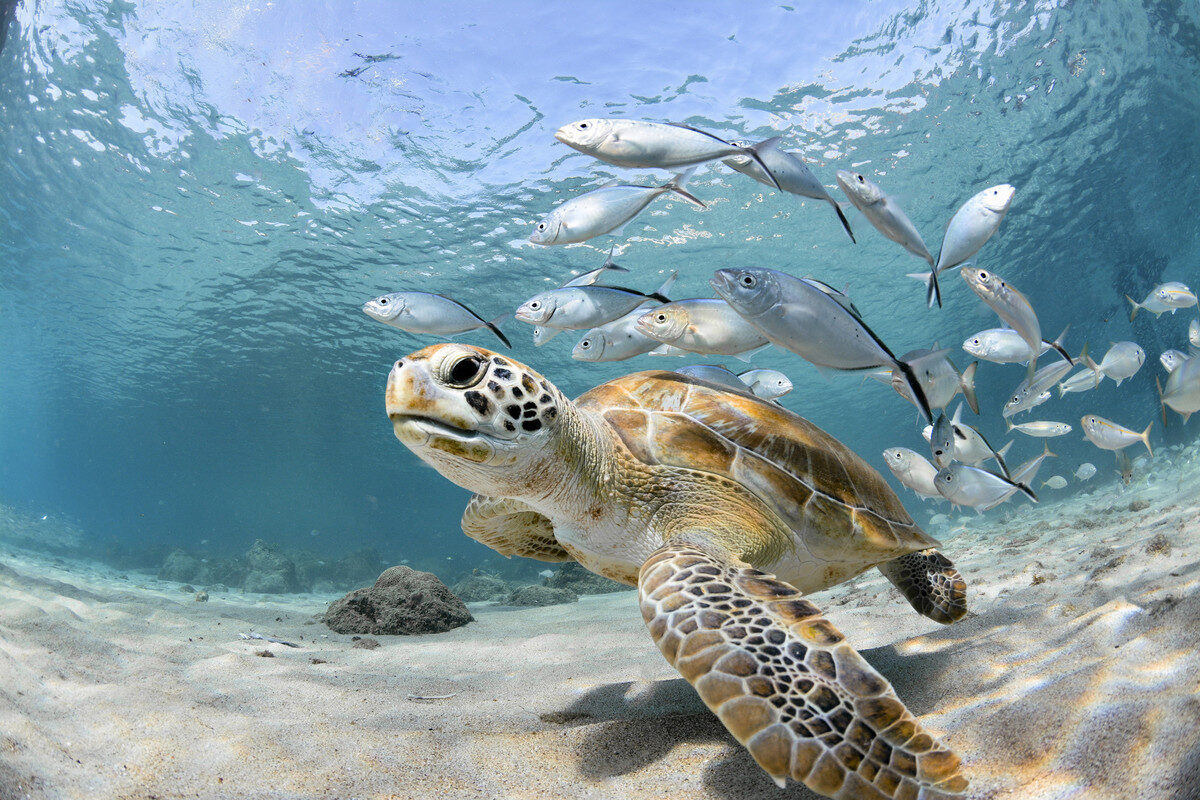
Milestones and collaborations
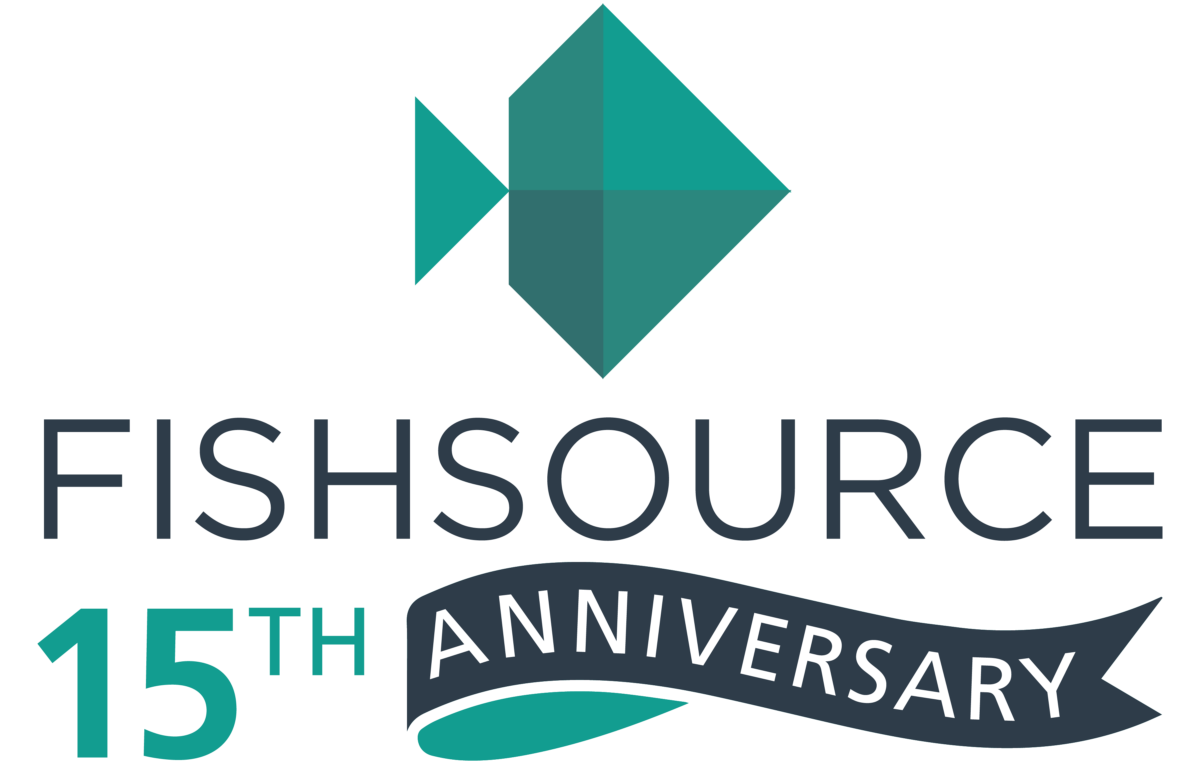
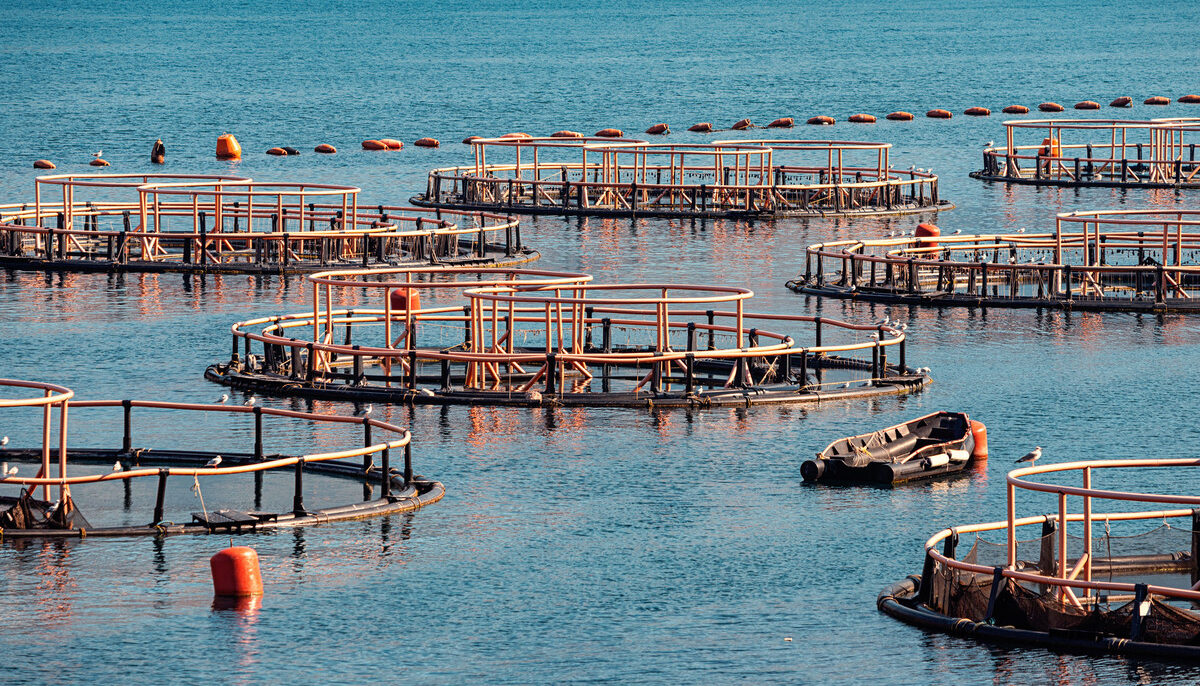
2021: SFP publishes the 4th revision of the FIP evaluation tool for generating FIP progress ratings. In this version of the tool, SFP strengthened the criteria for achievement of results to more accurately reflect impact on the water. The letter grades A-E assigned to FIPs are also redefined to improve accountability through increased verification and linking of FIP participant activity and impact.
2022: FishSource celebrates its 15th anniversary. The resource now has more than 11,000 registered users and covers more than 4,900 fisheries in more than 1,500 stocks.
2023: FishSource Aqua marks its 5th anniversary with 72 profiles across 20 countries, including the top aquaculture producing regions for pangasius, salmon, shrimp, and tilapia worldwide, as well as major seabass and seabream producers.
2023: SFP and partners announce pilot projects designed to test the use of standardized Universal Fishery IDs in the supply chain. The Fishery IDs, which were developed by SFP and the UN Food and Agriculture Organization over nearly a decade of collaboration, assign a unique code to every source fishery in the world, allowing increased transparency and certainty around sourcing. The Fishery IDs standards are closely aligned with FishSource’s definition of a fishery.
Small-scale fisheries scores and expanded tuna information
2023: SFP adds two new scores for small-scale fisheries to FishSource that look at whether fishers have a legal right to fish and the ability to participate in policy and management decision making. Both are necessary conditions for the sustainable management of small-scale fisheries (SSF). The effective participation of resource users in management processes through co-management or participatory management is linked to positive outcomes for both the fishery and the fishers. It is one of the priorities highlighted by FAO in its Voluntary Guidelines for Securing Sustainable Small-Scale Fisheries.
The Guidelines also highlight the need for secure, equitable, and socially and culturally appropriate tenure rights as a basis for sustainable SSFs. The FishSource SSF scores evaluate the existence of both these principles, both de facto and de jure, the effectiveness of the rights-granting mechanisms, and how actors are fulfilling their rights and responsibilities toward ensuring secure and sustainable small-scale fisheries. Small-scale fisheries in Chile, India, Indonesia, Mexico, Peru, and Senegal are now evaluated using these scores.
2024: SFP adds additional information on tuna sustainability to FishSource, to address continued risks to marine wildlife and the environment. The additional information addresses observer coverage rates; MSC conditions related to impacts on endangered, threatened, and protected (ETP) species; and analysis of FIP efforts to reduce bycatch.
2024: SFP’s FishSource team publishes a new approach for determining stock biomass and fishing mortality trends in data-limited and non-assessed fisheries. This will feed into the FishSource methodology for scoring data-limited fisheries.
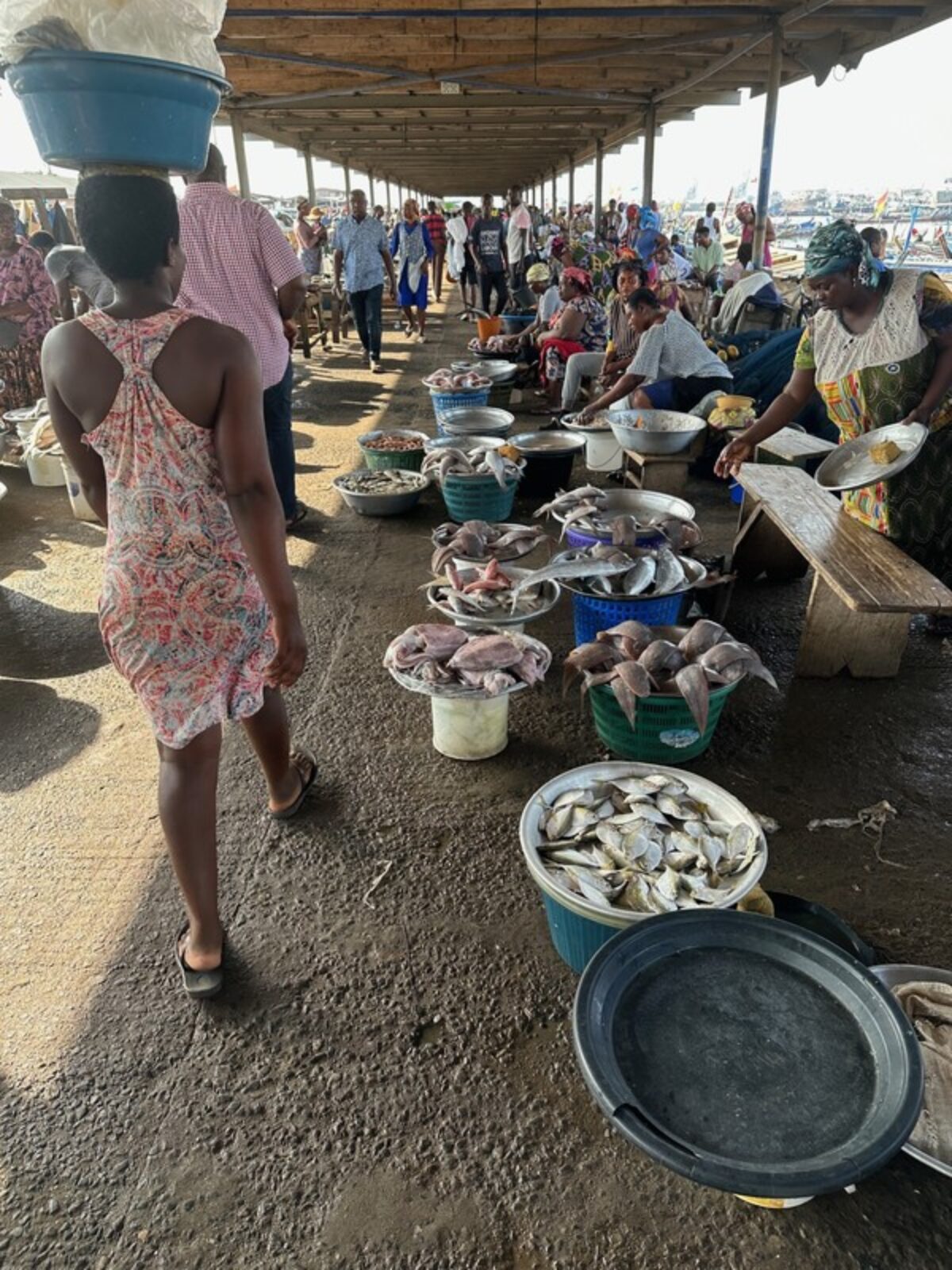
FishSource by the numbers
- nearly 5,600 fisheries in over 1,600 stocks
- 73 aquaculture regions in 20 countries
- over 40% of global catches of seafood
- an estimated 80% of seafood sold in Northern Europe and North America.
2025: Of the fisheries now included in FishSource, about two-thirds have stock and management scores, 700 have environment and biodiversity scores, and 130 small-scale fisheries have been assessed for participatory management and tenure rights. New scores are in development, including a score to assess the risk of illegal, unreported, and unregulated (IUU) fishing and how to record and help improve multi-species fisheries.
Looking ahead to the future of FishSource
FishSource has been a valuable tool for stakeholders interested in sustainable seafood for nearly two decades. Looking to the future, SFP is exploring options for expanding and adjusting FishSource to further enhance its value and contribution to responsible fisheries and aquaculture, as well as to researchers. For example, we are looking into how new technologies can help to expand and optimize our data collection, as more and more data is available globally and sharing it is becoming easier. We are planning to adapt our systems to this changing landscape, opening up a unique opportunity to expand what we track to a more complete ecosystem view. SFP already has an enthusiastic network of partners and collaborators who are eager to do more – we just need to get the information to them on how they can help to support expanded solutions that go beyond the direct impacts of fisheries or aquaculture zones into other ecosystem, social, economic, and climate benefits.
FishSource can be a valuable tool for funding agencies and large projects to track indicators of their impact, and SFP is looking to determine how to more effectively work with these organizations to offer science-based, data-driven support on measuring impact. We are also exploring how we can collaborate with other organizations and experts and align with and support international sustainability initiatives and projects, to amplify our common vision of sustainable seafood, healthy oceans, and secure fishing communities.
